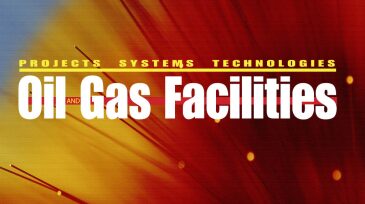arctic/extreme environments
-
Few locations present as many challenges for drilling as the Arctic. It is one of the most hostile environments in the world, with some of the most remote locations, the toughest logistics challenges, and the largest gaps in infrastructure on the planet.
-
The need to economically invest in offshore exploration and production has inspired a wide range of innovations in Norway to drastically reduce costs, which can lead to changes in offshore operations around the world.
-
In this paper, an analysis of the selection of integrated template structures (ITSs) for Arctic environments is presented.
-
Reliability analysis helps identify bottlenecks, assess risk, improve availability, and optimize maintenance. The challenge in Arctic regions is the lack of data -- normal climate analogs may not apply.
-
This paper analyzes the various selection methods of integrated template structures (ITSs) for use in the Arctic environment. Operation and installation of subsea modules in the Barents Sea are also analyzed in this paper.
-
The industry’s experience thus far drilling offshore the Arctic is a powerful argument to build a new generation of vessels and drilling rigs purpose built for operations in heavy ice.
-
This paper highlights the issues and challenges surrounding pipeline trenching and burial in ice-gouge environments. The current state of practice is discussed along with the technology gaps that need to be addressed.
Page 3 of 3







